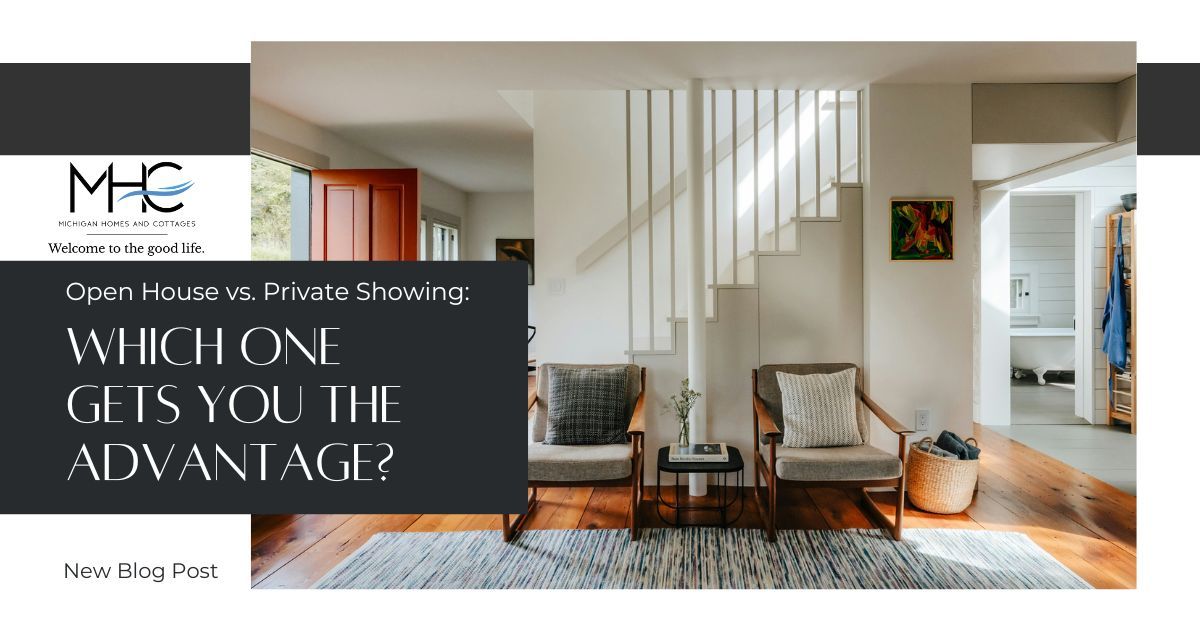
The housing affordability index is a useful tool for anyone who has questions about home prices and housing affordability. Here’s how it works, what it does, and what it means for you.
What is the housing affordability index?
The housing affordability index is the measure of whether or not the average American household can afford a typical single-family home. It was created by the National Association of Realtors, which uses information from the government census and its own data about home sales to regularly update the index.
How is the housing affordability index calculated?
NAR uses data on the sale of existing homes (not new construction homes), mortgage rates, and household income to determine housing affordability. First, it collects U.S. census data on median annual household incomes across metropolitan areas. Then it reverse engineers a number called “qualifying income,” which is the amount the household would need to qualify for a mortgage, and compares the two numbers.
How is qualifying income calculated?
Qualifying income is calculated by taking the monthly mortgage payment on a typical single-family home and multiplying it by 4 to arrive at the monthly income a household should have in order to buy the home.
Why by 4? Because the general wisdom is that your housing payment should account for no more than 25% of your monthly expenses. Then, you multiply that monthly number by 12 to get the annual qualifying income.
It should be noted that NAR also assumes a 20% down payment and a 30-year fixed-rate mortgage.
Comparing qualifying income with actual median income
To compare the qualifying income that U.S. households would need to buy a home with the actual median annual income, NAR divides actual the actual income by the qualifying income. Then, to arrive at the composite housing affordability index number, it multiples the result by 100.
Why does it do this? Because the result allows us to understand clearly and quickly if housing is affordable for most Americans or not. Here’s an example.
Housing affordability index: an example calculation
In 2021, the U.S. median household income was $70,784. By quarter four of the same year, the median home purchase price was $423,600. Mortgage rates at this time were hovering between 3.0 to 3.12% before they started to rise in 2022.
To find the qualifying income for this situation, we first need to know the monthly mortgage payment. At 3.05% with a 20% downpayment, the monthly mortgage payment for a $423,600 home is around $1,438. To find the qualifying income, we now need to multiply that number by 4 (for weeks in a month) and then by 12 (for months in a year). The resulting annual qualifying income in this scenario is $69,024.
That’s a bunch of numbers, but hang on—it’s about to get easier. If you remember right, the next thing we have to do is compare the actual income with the qualifying income by dividing them. In this case, the equation would look like this:
$70,784 (actual median income) / $69,024 (income it would take to qualify for the loan) = 1.025
Now here’s the trick. The housing affordability index is based on 100, where any number above 100 means that housing is more affordable, and any number under 100 means it’s less affordable. That’s why the next step is to multiply that result by 100, so it looks like this:
1.025 x 100 = 102.5
In this example, the average American household has approximately 102.5% of the income required to qualify for a mortgage on a typical single-family home. That means buying a home was just affordable at this time.
But as we know, things have changed.
Housing affordability in the U.S. is at an all-time low
While housing prices since 2021 have started to come down slightly, mortgage rates have gone way up (while wages have increased about 5% and have not kept up with inflation).
As you saw above, mortgage rates are a major part of housing affordability. If we did the same math problem using the current interest rate of 7.55%, the affordability index would drop from 102.5 to 61.9. That means that by changing only the mortgage rate, the average U.S. household went from having 102.5% of the necessary income to buy a house to having just 61.9%.
These numbers are only examples, and NAR uses different data to create its index. However, the median monthly mortgage payment just hit an all-time high of $2,605—up 19% from the same time last year—and mortgage rates don’t appear to be coming down any time soon.
With all these numbers, you’re probably wondering: is there any good news?
Wages outstripped inflation for the first time in June
While aggressive inflation has been making paychecks feel smaller for months, it now appears to be slowing. In June, real wage growth (as in, your actual purchasing power accounting for your wage and inflation) outpaced inflation for the first time in over two years. The gains were small, but they spell some relief for Americans looking to purchase a home in the near future.
As inflation slows, purchasing power will grow as your paycheck goes farther and you’re able to put away savings. Additionally, the long-term trend for mortgage rates will become more favorable as inflation cools and the Fed is able to let up on the key interest rate. If you have your sights set on purchasing a home, don’t give up.
Wondering if you can afford a home in our market?
Get in touch. National numbers are a great measuring stick to see how the overall economy and housing market are doing, but they don’t account for local home values and your personal financial situation.


.png)



.jpg)